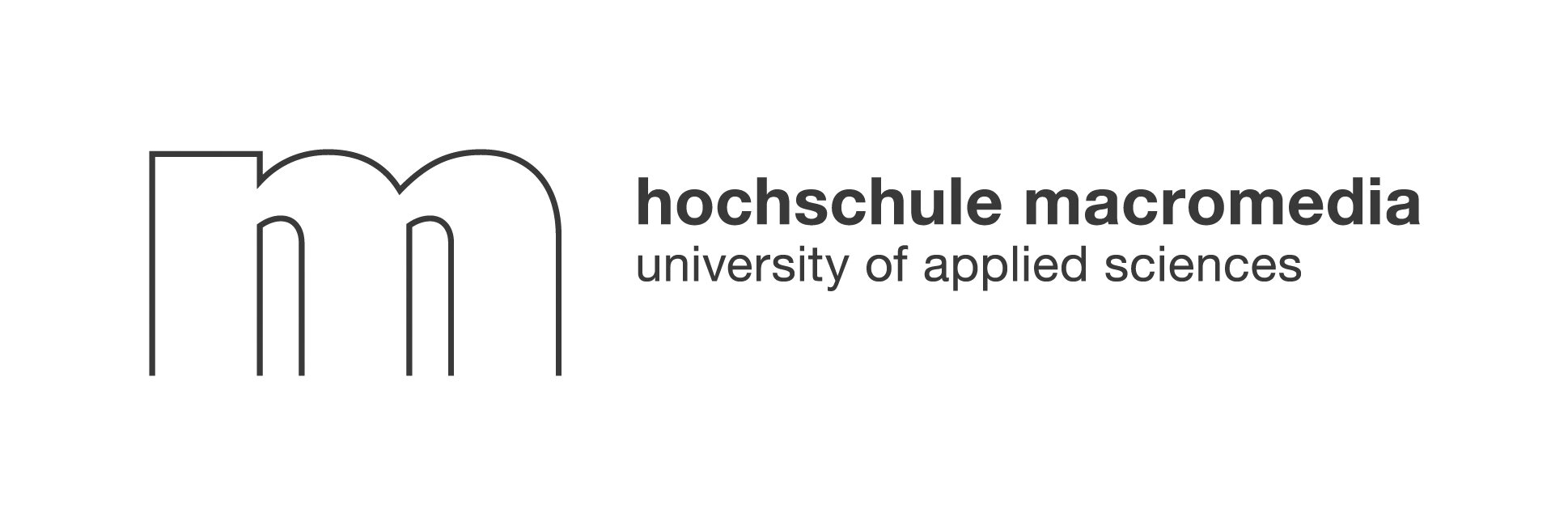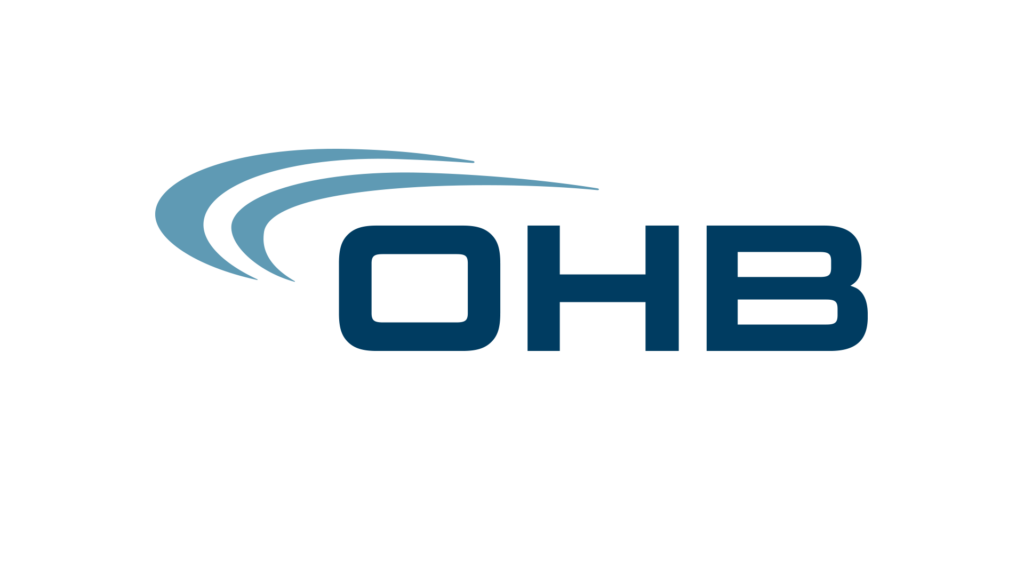Employee happiness in the workplace isn’t just a nice-to-have—it’s the engine that powers productivity, creativity, and long-term business success. As we step into 2025, organizations face a rapidly evolving landscape: hybrid work is the new normal, burnout rates are high, and employees crave authentic connections more than ever. Yet, too often, well-intentioned company initiatives fall flat, missing the mark on what truly drives happiness at work.
What if the future of employee happiness in the workplace isn’t about grand gestures or one-size-fits-all programs, but about leveraging technology to create genuine, everyday moments of connection? Let’s dive into the science, the obstacles, and the actionable strategies—culminating in a vision where AI-powered micro-events, like those pioneered by Neroia, transform workplace culture for the better.
Why Employee Happiness Drives Business Success
Productivity, Profit and Retention Links
The link between employee happiness in the workplace and business outcomes is stronger than ever. Research consistently shows that happy employees are more productive, more innovative, and less likely to leave their jobs. According to a Harvard Business Review article, happy workers demonstrate a 13% increase in productivity. Conversely, global unhappiness at work costs companies an estimated $8.8 trillion annually in lost productivity—roughly 9% of global GDP.
Happy employees:
- Make smarter decisions, thanks to lower stress and anxiety.
- Are less likely to quit, reducing costly turnover.
- Deliver better customer service and foster stronger client relationships.
- Bring creativity and energy that lifts the entire team.
Retention is especially crucial. Replacing an employee can cost up to 33% of their annual salary, and high turnover disrupts teams and drains resources. When employees feel valued and connected, loyalty soars. In a competitive talent market, investing in employee happiness in the workplace isn’t just a moral choice—it’s a strategic imperative.
“Satisfied employees are more confident in their abilities, engaged in their roles, positive in their mindsets, and experience higher levels of productivity.”
— Penn LPS Online, Positive Psychology at Work
The Science of Workplace Well-Being

Positive Psychology Essentials
The study of happiness at work has moved beyond intuition into the realm of science. Positive psychology, pioneered by Dr. Martin Seligman, explores how people—and organizations—can flourish. At its core, positive psychology teaches that regular positive emotions, meaningful engagement, and strong relationships are crucial for well-being.
Workplaces that embrace these principles see tangible benefits: improved mental health, resilience, creativity, and collaboration. It’s not about ignoring challenges, but about building environments where people can thrive, bounce back from setbacks, and bring their best selves to work each day.
The PERMA Framework at Work
Seligman’s PERMA model offers a roadmap for cultivating happiness in the workplace:
When organizations intentionally design for PERMA, employee happiness in the workplace becomes a daily reality—not just an annual survey result.
Hidden Obstacles to a Happy Workforce
Burnout and Quiet Quitting
Despite the best intentions, many companies struggle with disengagement. Burnout—a state of chronic stress and exhaustion—remains rampant, especially in hybrid and remote settings. The rise of “quiet quitting” (doing the bare minimum) and even “loud quitting” (openly expressing dissatisfaction) signals a deeper problem: employees feel disconnected from their work and each other.
Social media trends like #QuietQuitting have garnered over a billion views, highlighting a widespread desire for more fulfilling work lives. When employees lack meaningful interaction, they’re more likely to withdraw, leading to lost productivity and innovation.
Lack of Autonomy and Purpose
Another hidden barrier is the absence of autonomy and purpose. Employees thrive when they feel trusted to manage their work and understand how their contributions matter. However, rigid policies, top-down decision-making, and generic wellness initiatives often leave people feeling unseen.
A recent study from the University of Kent found that autonomy and strong relationships are among the most powerful predictors of happiness at work. Without them, even the most generous perks can feel hollow.
“Happiness at work has to come from a deeper, more intrinsic connection to why we’re there. A culture of autonomy, belonging, and purpose comes from a shared vision.”
— Harvard Business Review, 2023
Strategies to Boost Employee Happiness in the Workplace
Empower Work-Life Balance
Work-life balance is more than a buzzword—it’s foundational to employee happiness in the workplace. Organizations that offer flexible schedules, remote work options, and encourage regular breaks see lower stress and higher morale. It’s not just about policies, but about building a culture where people feel safe to unplug and recharge.
Key actions include:
- Flexible start and end times
- Encouraging use of vacation days
- Promoting wellness activities during work hours
When employees have the freedom to balance work with personal life, burnout drops and engagement rises.
Reward and Recognition Systems
Recognition is a powerful happiness booster. Simple gestures—like a public thank-you or a shout-out in a team meeting—can have a lasting impact. Formal reward systems, such as bonuses or peer recognition programs, reinforce a culture of appreciation.
Consider these recognition methods:
- Personalized notes from managers
- Peer-to-peer recognition platforms
- Small rewards for milestone achievements
Recognition doesn’t need to be expensive; it needs to be genuine and frequent.
Growth and Learning Pathways
Continuous learning fuels both happiness and retention. Employees want to feel they’re growing—not just in skills, but in their careers. Offering training, mentorship, and clear paths to advancement shows a commitment to their future.
Growth initiatives might include:
- Access to online courses and workshops
- Cross-functional projects to build new skills
- Regular career development conversations
When people see a future with their organization, they’re more likely to stay, contribute, and innovate.
Leadership’s Role in Fostering Joy
Servant Leadership Practices
Leadership sets the tone for employee happiness in the workplace. Servant leaders focus on empowering their teams, removing obstacles, and prioritizing well-being. They listen, support, and model the behaviors they wish to see.
Effective servant leadership includes:
- Regular check-ins focused on well-being
- Transparent decision-making
- Sharing credit for team successes
When leaders serve their teams, engagement and trust flourish.
Building Psychological Safety
Psychological safety—the belief that it’s safe to speak up, take risks, and make mistakes—is essential for happiness. Teams with high psychological safety are more innovative, collaborative, and resilient.
Leaders can foster this by:
- Encouraging open dialogue and feedback
- Responding constructively to mistakes
- Celebrating diverse perspectives
When employees feel safe, they’re more likely to share ideas, support each other, and find joy in their work.
Measuring What Matters
Key Happiness Metrics
To improve employee happiness in the workplace, organizations must measure what matters. Beyond annual engagement surveys, leading companies track:
- Employee Net Promoter Score (eNPS)
- Turnover and retention rates
- Absenteeism and wellness metrics
- Participation in engagement activities
Regular measurement helps identify trends and tailor interventions.
Tools and Pulse Surveys
Pulse surveys—short, frequent check-ins—offer real-time insights into employee sentiment. Combined with anonymized analytics, they reveal what’s working and what needs attention.
Modern platforms, like Neroia, integrate these tools seamlessly, allowing HR teams to:
- Monitor engagement by team or location
- Identify pockets of disengagement early
- Adjust strategies based on real data
“Understanding how to measure changes in individual and organizational well-being is key to boosting effectiveness and resilience as a leader.”
— Penn LPS Online
Designing the Future Hybrid Workplace

Digital Connection & Belonging
Hybrid work has made connection both easier and harder. While technology enables collaboration across distances, it can also lead to isolation. Traditional company-organized initiatives—like large-scale wellness events or generic webinars—often fail to foster real relationships, especially in dispersed teams.
The future lies in personalized, tech-enabled experiences that build belonging. This is where Neroia’s vision shines: using AI to orchestrate micro-events that connect employees in meaningful, organic ways.
Flexible Policies That Stick
Flexibility is no longer optional. The most successful organizations offer adaptable policies that respect individual needs and preferences. But flexibility isn’t just about where or when people work—it’s about how they connect, learn, and grow.
Policies that stick:
- Support both in-person and virtual participation
- Encourage cross-team interactions
- Adapt as employee needs evolve
When flexibility is embedded in culture, not just policy, happiness and engagement follow.
The Neroia Approach: AI-Driven Micro-Events for Lasting Happiness
Traditional approaches to employee happiness in the workplace—like mandatory team-building days or broad wellness programs—often miss the mark. They can feel impersonal, forced, or irrelevant, especially for hybrid and remote workers. Large events may even reinforce silos, as people gravitate toward familiar faces or avoid participation altogether.
Neroia is changing the game by leveraging artificial intelligence to foster authentic, small-group connections. Instead of organizing one-size-fits-all activities, Neroia’s platform curates micro-events—like yoga sessions, cycling meetups, or cultural exchanges—tailored to employees’ interests and schedules. These events typically involve 3-4 participants, making them intimate enough to spark real conversation and trust.
How does it work?
- Effortless Discovery: Employees share their interests and availability. Neroia’s AI recommends relevant micro-events, removing the friction of planning.
- Smart Coordination: The platform handles invitations, reminders, and follow-ups, ensuring high participation without manual effort.
- Anonymized Analytics: HR teams receive insights on engagement and well-being, with strict privacy controls to protect individual data.
- Organic Connections: By mixing participants across departments and locations, Neroia breaks down silos and fosters a vibrant, inclusive culture.
“Neroia enables employees to effortlessly discover and join micro-events that match their passions, leading to authentic connections and a happier, more engaged workplace.”
Real-World Impact: From Pilot to Everyday Joy
During recent pilots, Neroia facilitated yoga sessions, company runs, and cultural outings, all orchestrated by AI. Feedback was overwhelmingly positive: employees valued the chance to meet new colleagues in a relaxed, informal setting. Participation rates were higher than for traditional events, and many reported feeling more connected and motivated afterward.
This approach is especially powerful in hybrid and remote environments, where spontaneous hallway conversations are rare. By making connection easy and enjoyable, Neroia helps organizations replace superficial efforts with dynamic, employee-centric experiences.
The Future: From Superficial to Sustainable Happiness
As we look ahead, the future of employee happiness in the workplace is clear: it’s about personalization, flexibility, and meaningful connection. AI-driven platforms like Neroia are leading the way, transforming workplace culture from the inside out.
By focusing on micro-events and organic engagement, Neroia empowers employees to build real relationships—no matter where they work. The result? Higher retention, better collaboration, and a workplace where happiness isn’t just a goal, but a lived experience.
“When colleagues share strong bonds, it can reduce stress, improve collaboration, and boost productivity.”
— University of Kent Study
For organizations ready to move beyond outdated, one-size-fits-all initiatives, Neroia offers a flexible, secure, and employee-centric solution. It’s not about checking a box—it’s about creating a culture where everyone can thrive.
Conclusion
Employee happiness in the workplace will define the winners of 2025 and beyond. The science is clear: happy employees drive better business outcomes, and the path to happiness is paved with authentic connection, autonomy, and purpose. Traditional approaches have their limits, especially in today’s hybrid world.
Neroia is revolutionizing workplace engagement by harnessing AI to create micro-moments of joy, connection, and belonging—one small group at a time. For companies seeking to break silos, boost retention, and build a truly vibrant culture, this is the future.
Ready to experience the next era of employee happiness in the workplace? Discover how Neroia can help your team thrive.




